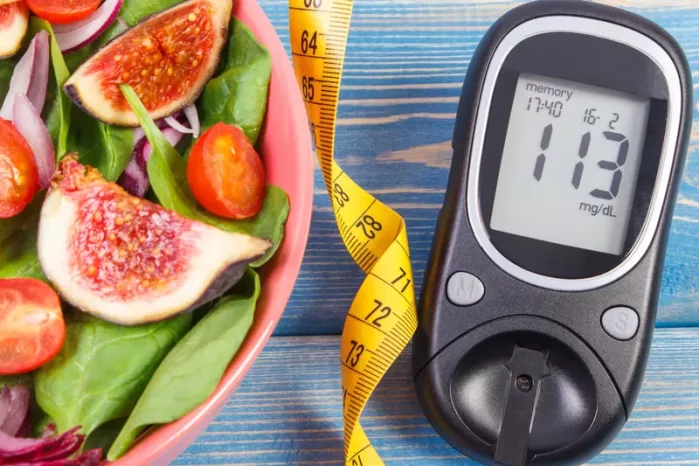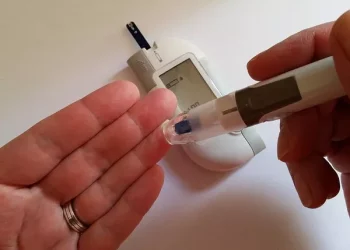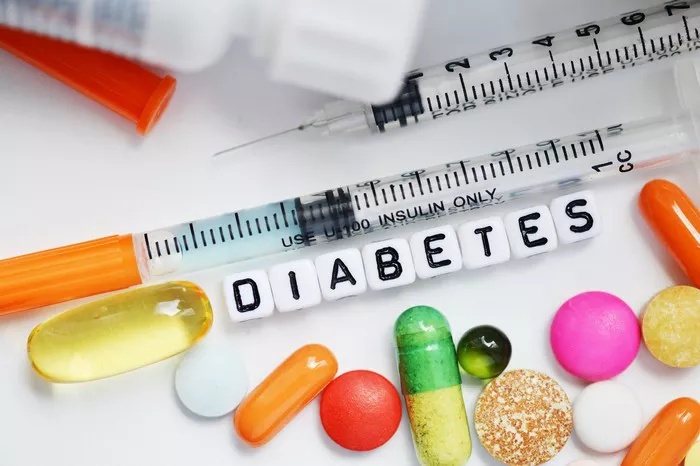Type 2 diabetes (T2D) is a prevalent chronic metabolic disorder characterized by insulin resistance and impaired insulin secretion. It poses significant health risks, including cardiovascular disease, kidney failure, and neuropathy. However, emerging evidence suggests that T2D may be reversible through targeted lifestyle modifications, medical interventions, and behavioral changes. In this comprehensive guide, we explore the strategies and recommendations that hold promise in reversing T2D and reclaiming optimal health.
Understanding Type 2 Diabetes Reversal
Diabetes reversal refers to the achievement of normal blood sugar levels and metabolic health without the need for diabetes medications. While not everyone with T2D may achieve complete reversal, many can experience substantial improvements in glycemic control and overall well-being through proactive interventions. The key to reversing T2D lies in addressing underlying factors such as obesity, sedentary lifestyle, and poor dietary habits, which contribute to insulin resistance and metabolic dysfunction.
The Power of Lifestyle Modifications
Lifestyle modifications serve as the cornerstone of T2D reversal efforts, focusing on dietary changes, increased physical activity, weight management, stress reduction, and adequate sleep. By adopting a comprehensive approach to lifestyle optimization, individuals with T2D can improve insulin sensitivity, promote weight loss, and enhance metabolic health.
1. Embracing a Balanced and Nutrient-Dense Diet
A balanced and nutrient-dense diet plays a pivotal role in T2D reversal by controlling blood sugar levels, promoting weight loss, and improving overall health. The Mediterranean diet, rich in fruits, vegetables, whole grains, lean proteins, and healthy fats, has been extensively studied for its beneficial effects on glycemic control and cardiovascular health. Similarly, the low-carbohydrate diet, which restricts intake of high-carb foods in favor of protein and healthy fats, has shown promise in improving insulin sensitivity and promoting weight loss in individuals with T2D.
2. Prioritizing Regular Physical Activity
Regular physical activity is essential for improving insulin sensitivity, promoting weight loss, and reducing cardiovascular risk in individuals with T2D. Both aerobic exercise, such as walking, jogging, or cycling, and resistance training, which involves lifting weights or using resistance bands, have been shown to be effective in improving glycemic control and overall fitness levels. Aim for at least 150 minutes of moderate-intensity aerobic activity per week, supplemented with two or more days of resistance training to maximize health benefits.
3. Achieving and Maintaining a Healthy Weight
Excess body weight, particularly abdominal obesity, is a major risk factor for T2D and insulin resistance. Achieving and maintaining a healthy weight through a combination of dietary changes and regular physical activity is crucial for T2D reversal. Even modest weight loss of 5-10% of total body weight can lead to significant improvements in glycemic control, insulin sensitivity, and cardiovascular risk factors in individuals with T2D.
4. Managing Stress and Improving Sleep Quality
Chronic stress and inadequate sleep can adversely affect blood sugar control and exacerbate insulin resistance in individuals with T2D. Incorporating stress-reduction techniques such as mindfulness meditation, deep breathing exercises, or yoga can help mitigate the negative effects of stress on metabolic health. Additionally, prioritizing quality sleep by maintaining a regular sleep schedule, creating a conducive sleep environment, and practicing relaxation techniques can promote optimal glycemic control and overall well-being.
Medical Interventions for Type 2 Diabetes Reversal
In addition to lifestyle modifications, several medical interventions may aid in T2D reversal, particularly in individuals with more advanced disease or significant comorbidities.
1. Pharmacotherapy
Several medications commonly used in the treatment of T2D may facilitate diabetes reversal by improving insulin sensitivity, reducing glucose production by the liver, and promoting weight loss. These medications include metformin, which decreases hepatic glucose output and improves insulin sensitivity, and GLP-1 receptor agonists and SGLT-2 inhibitors, which stimulate insulin secretion and increase urinary glucose excretion, respectively. When used in conjunction with lifestyle modifications, these medications can help optimize glycemic control and promote metabolic health.
2. Bariatric Surgery
Bariatric surgery, such as gastric bypass or sleeve gastrectomy, has emerged as a highly effective treatment for severe obesity and associated metabolic conditions, including T2D. These procedures result in significant weight loss and metabolic improvements, often leading to remission of diabetes in a substantial proportion of patients. While bariatric surgery is not without risks, it may be considered in individuals with severe obesity and poorly controlled T2D who have not achieved adequate results with lifestyle interventions and medications.
3. Continuous Glucose Monitoring (CGM) and Insulin Pump Therapy
Advances in diabetes technology, such as continuous glucose monitoring (CGM) systems and insulin pump therapy, can provide real-time insights into blood sugar levels and facilitate more precise insulin dosing. CGM systems offer continuous glucose readings and alerts for hypo- and hyperglycemia, allowing individuals with T2D to make timely adjustments to their insulin therapy. Similarly, insulin pump therapy delivers insulin through a wearable device, offering greater flexibility and customization in insulin dosing. By harnessing the power of these technologies, individuals with T2D can optimize their glycemic control and potentially achieve reversal of the condition.
Conclusion
Type 2 diabetes reversal represents a paradigm shift in the management of this chronic metabolic disorder. By implementing targeted lifestyle modifications, embracing medical interventions, and leveraging advancements in diabetes technology, individuals with T2D can take proactive steps toward achieving optimal glycemic control and improved overall health. While complete reversal may not be attainable for everyone, the benefits of adopting a healthy lifestyle and proactive approach to diabetes management are undeniable. By empowering individuals with the knowledge and tools they need to thrive, we can pave the way toward a future where T2D is no longer a lifelong burden, but a manageable and reversible condition.



























